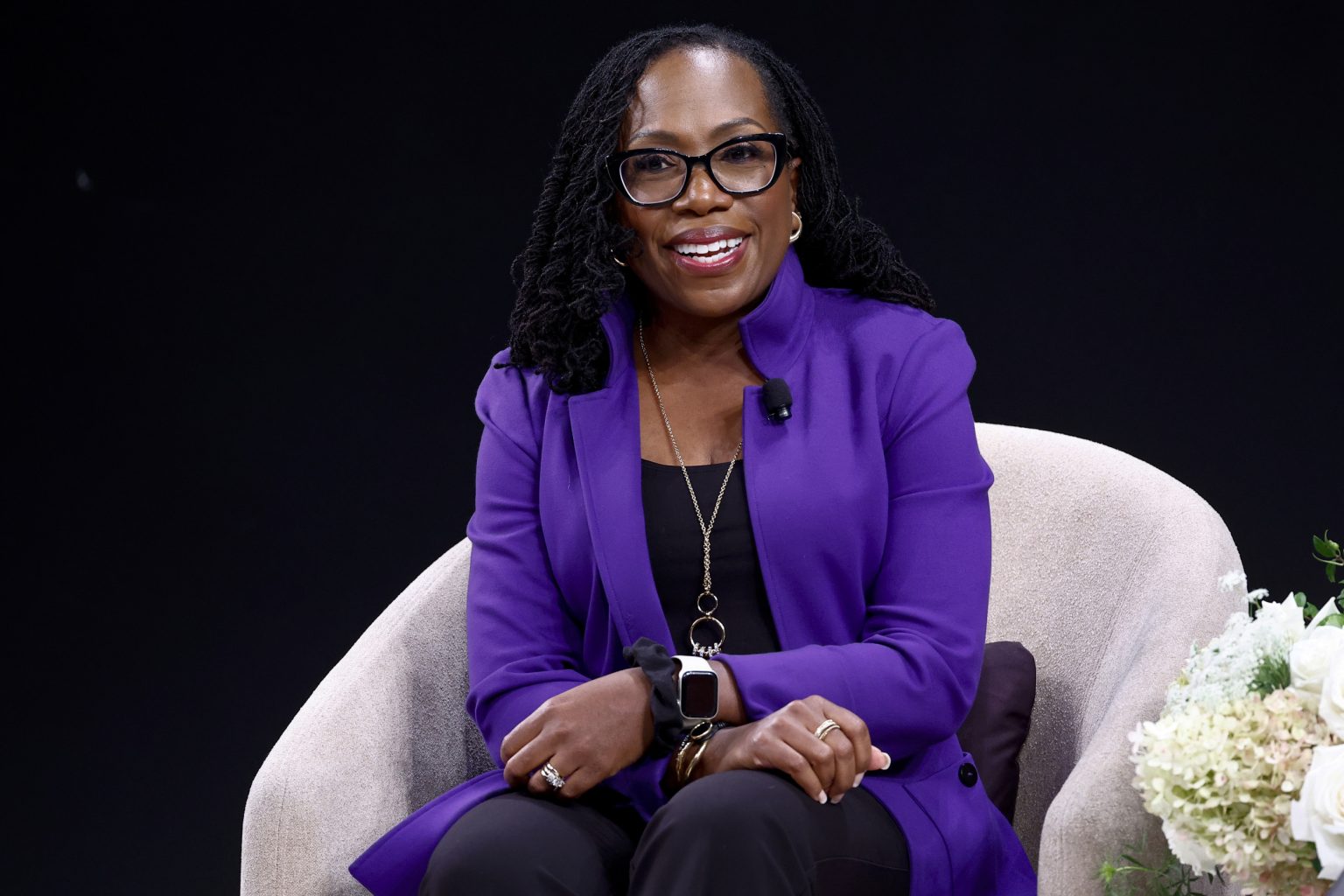Justice Ketanji Brown Jackson’s Broadway debut in the Tony-nominated musical “& Juliet” has sparked a flurry of online discussion, highlighting the increasing scrutiny faced by Supreme Court justices regarding their extracurricular activities. Jackson, a self-proclaimed theater enthusiast, made history as the first sitting Supreme Court justice to grace a Broadway stage, fulfilling a long-held personal dream. The production’s social media channels celebrated the event, sharing a behind-the-scenes video montage of Jackson preparing for her brief walk-on role and her appearance on stage, captioning the post “Justice served.” This seemingly lighthearted event, however, has ignited a debate, with some lauding Jackson’s embrace of her passions and others questioning the appropriateness of such activities for a member of the highest court.
The online discourse surrounding Jackson’s Broadway appearance reflects a broader trend of increased public attention on the activities of Supreme Court justices beyond the courtroom. In recent years, justices have faced criticism for various endeavors, including lucrative book deals that have raised concerns about potential conflicts of interest and undue influence. Jackson herself recently joined the ranks of her colleagues who have penned memoirs, releasing “Lovely One” in September. Five other current justices – Clarence Thomas, Sonia Sotomayor, Neil Gorsuch, Brett Kavanaugh, and Amy Coney Barrett – have also published memoirs, often receiving substantial advances and royalties. These book deals have become a point of contention, with critics questioning the propriety of justices supplementing their income through such avenues and the potential for these works to shape public perception of their judicial philosophies.
The financial details surrounding these book deals have further fueled the controversy. Justice Thomas reportedly received a $1.5 million advance for his memoir, while Justice Sotomayor has reportedly earned around $3.7 million from her memoir and children’s books. Justice Barrett secured a $2 million book deal, Justice Kavanaugh disclosed $340,000 from his publisher, and Justice Gorsuch received a $250,000 payment from HarperCollins. These figures have raised eyebrows, particularly in the context of growing concerns about the influence of money in politics and the judiciary. Critics argue that such large sums could create the appearance of impropriety, even if no actual conflict of interest exists.
Jackson’s Broadway appearance adds another layer to this ongoing debate about justices’ extracurricular activities. While some celebrated her participation as a positive expression of personal interests and a demonstration of her accessibility, others viewed it as a distraction from her judicial duties or even as inappropriate behavior for a Supreme Court justice. The polarized reactions on social media exemplify the divided public opinion surrounding the justices’ public personas and the extent to which their personal lives should be subject to scrutiny. Some commentators praised Jackson for finding joy and balance outside the demanding world of the Supreme Court, while others questioned her judgment and the potential impact of her appearance on the Court’s image.
The juxtaposition of Jackson’s Broadway cameo with the ongoing discussion about book deals illuminates the changing landscape of public perception surrounding the Supreme Court. The justices, once shrouded in a certain mystique, are now increasingly subject to the same level of public scrutiny as other prominent figures. Their actions, both inside and outside the courtroom, are dissected and debated, reflecting a heightened awareness of their influence and the importance of transparency and accountability. The reactions to Jackson’s Broadway appearance underscore the ongoing tension between the justices’ roles as public figures and their desire to maintain a degree of privacy and pursue personal interests.
As the Supreme Court enters its recess until the new year, the debate surrounding justices’ extracurricular activities is likely to continue. The Court is scheduled to reconvene in January to address significant cases involving First Amendment rights and disability benefits for retirees. However, the conversation about the justices’ public image and the appropriateness of their engagements outside the court is unlikely to subside. The increasing scrutiny they face underscores the evolving relationship between the judiciary and the public in an era of heightened political polarization and increased media attention.

